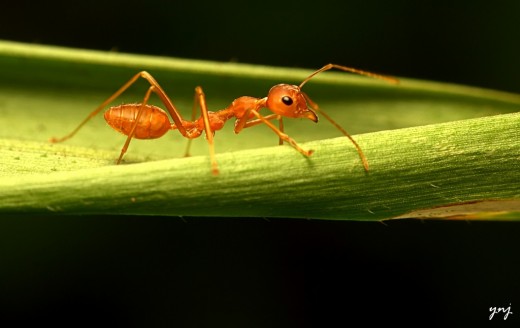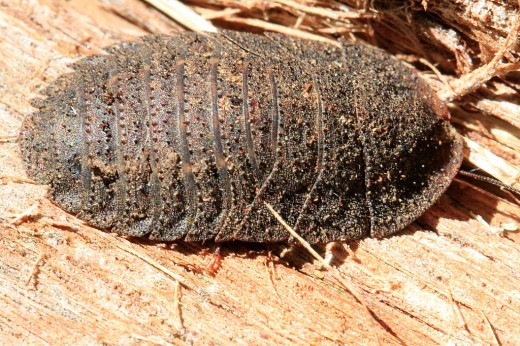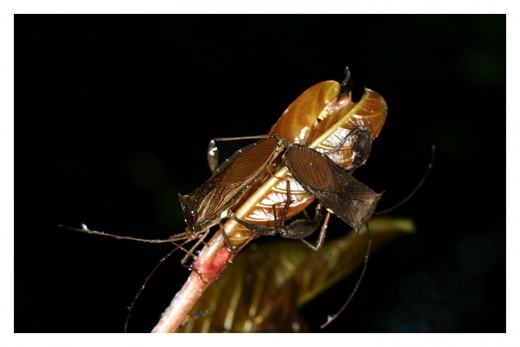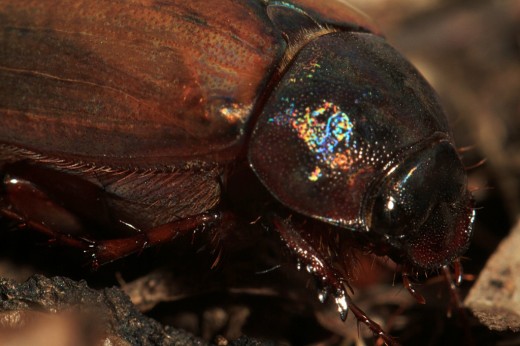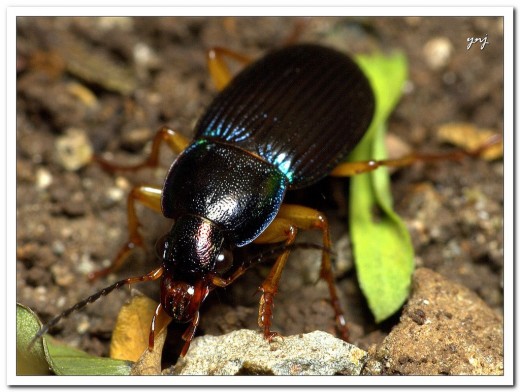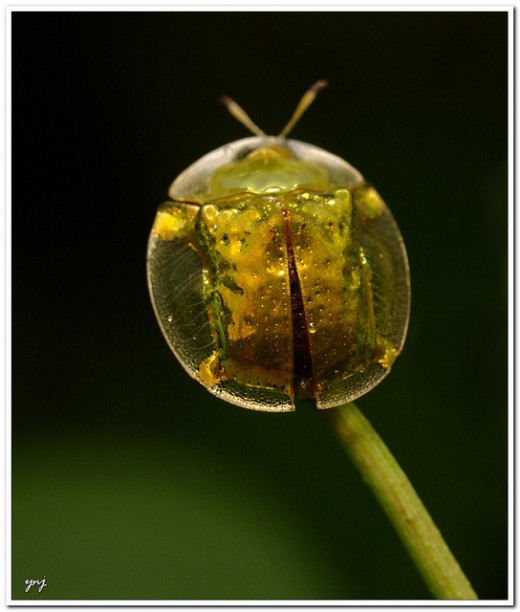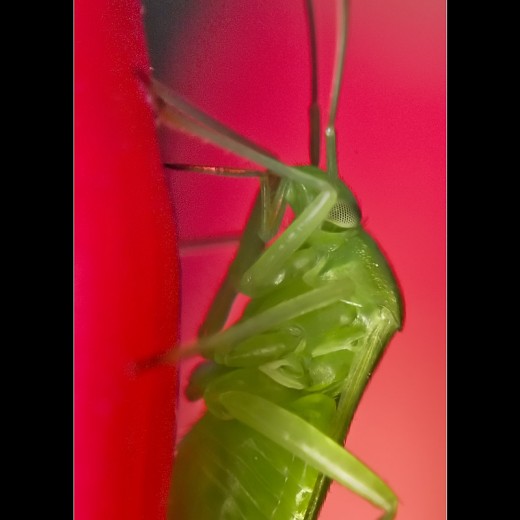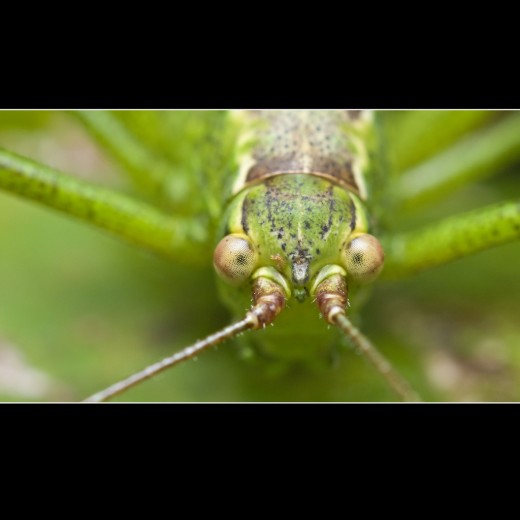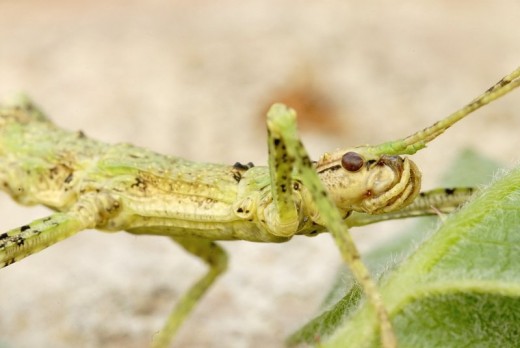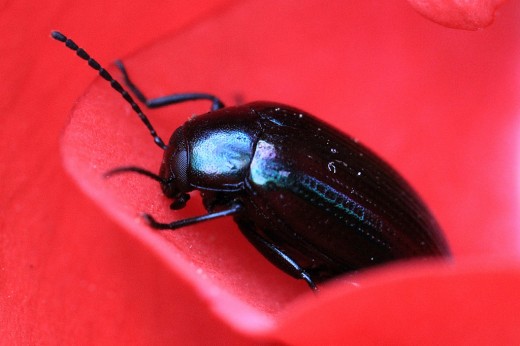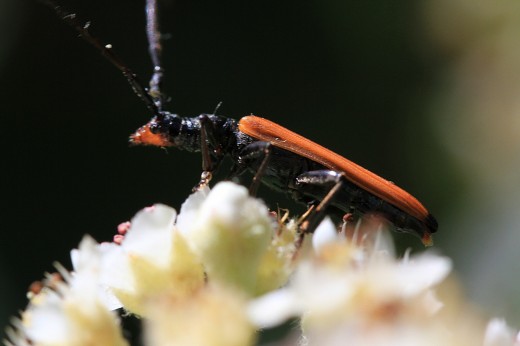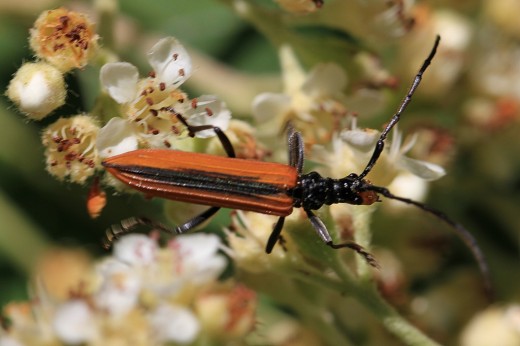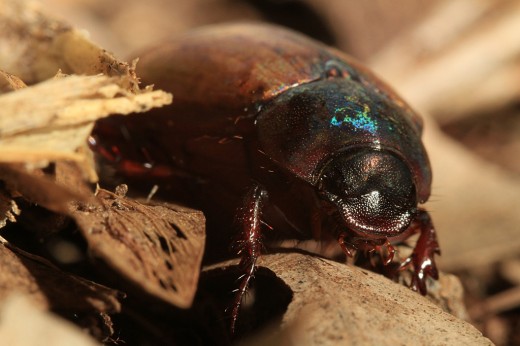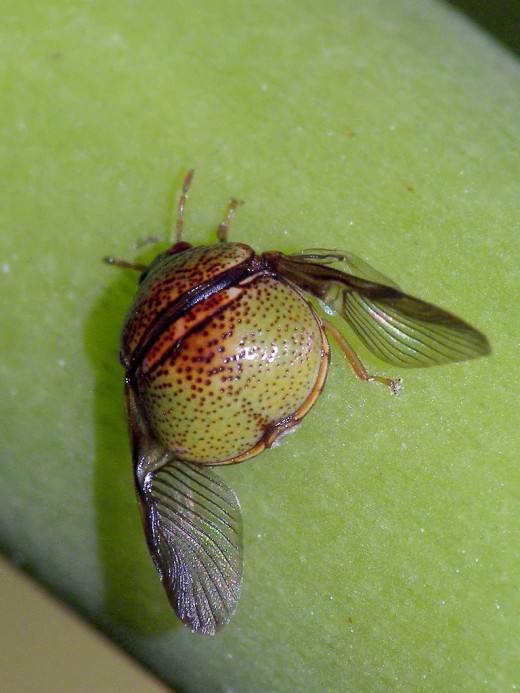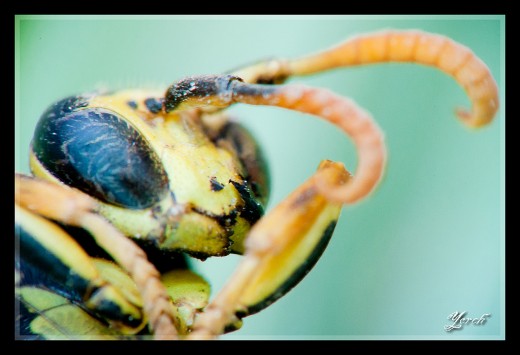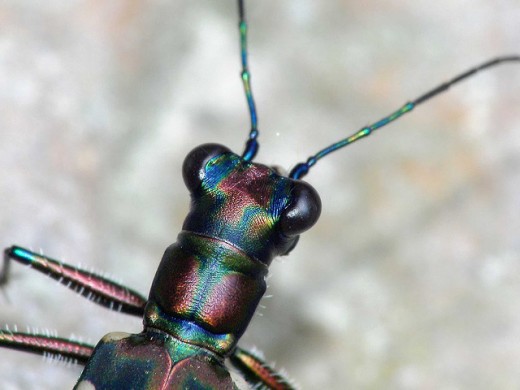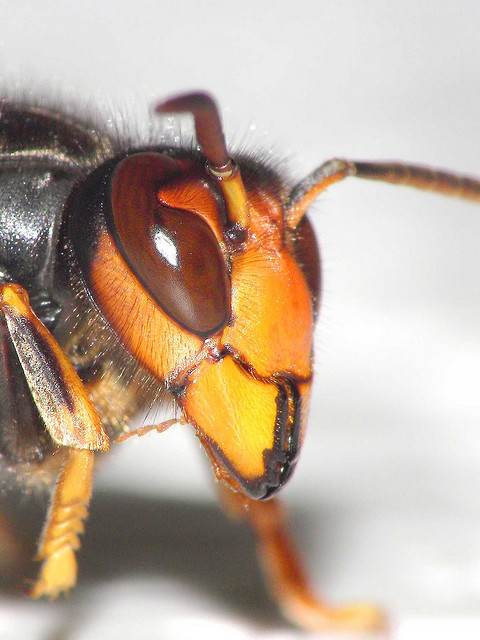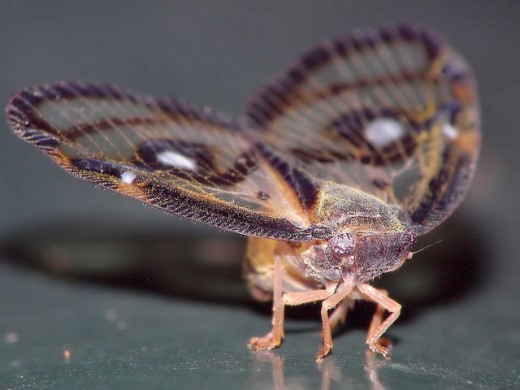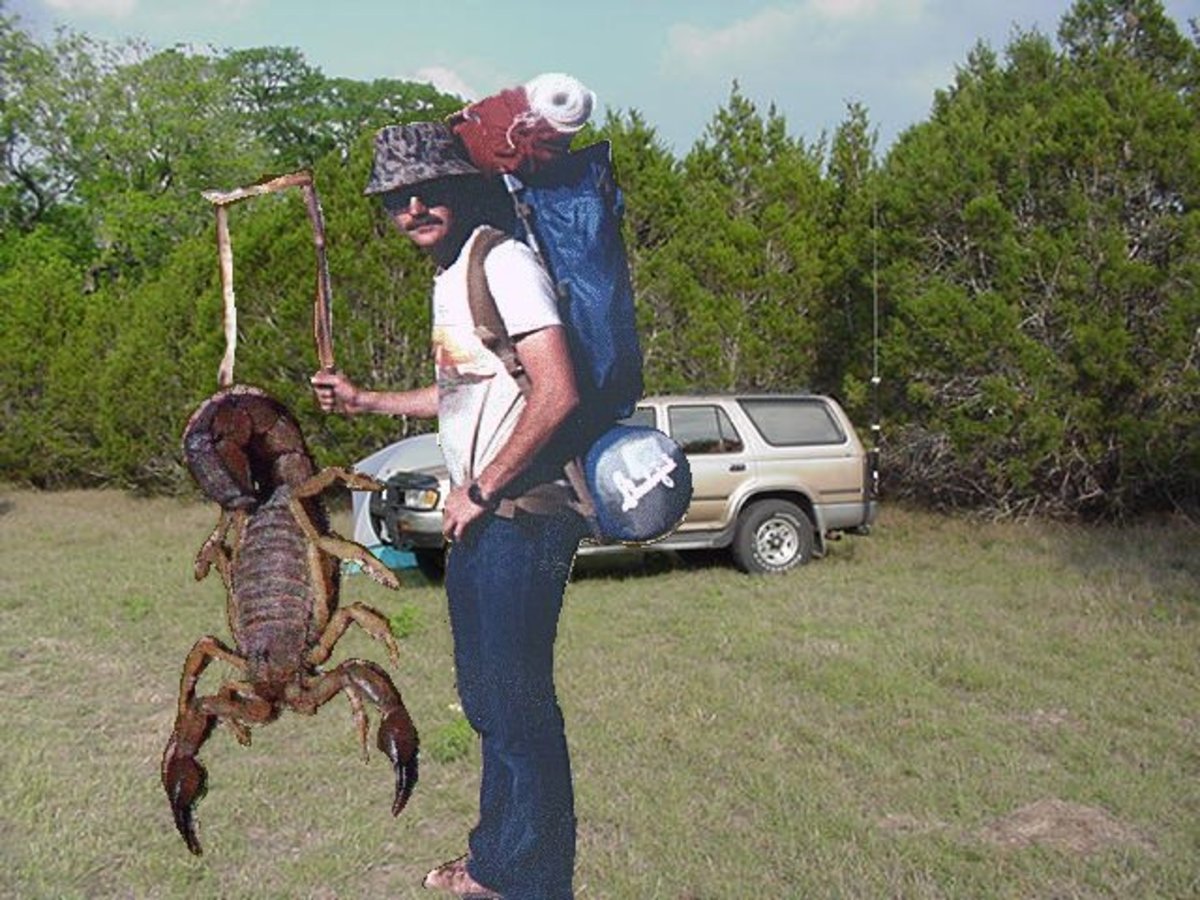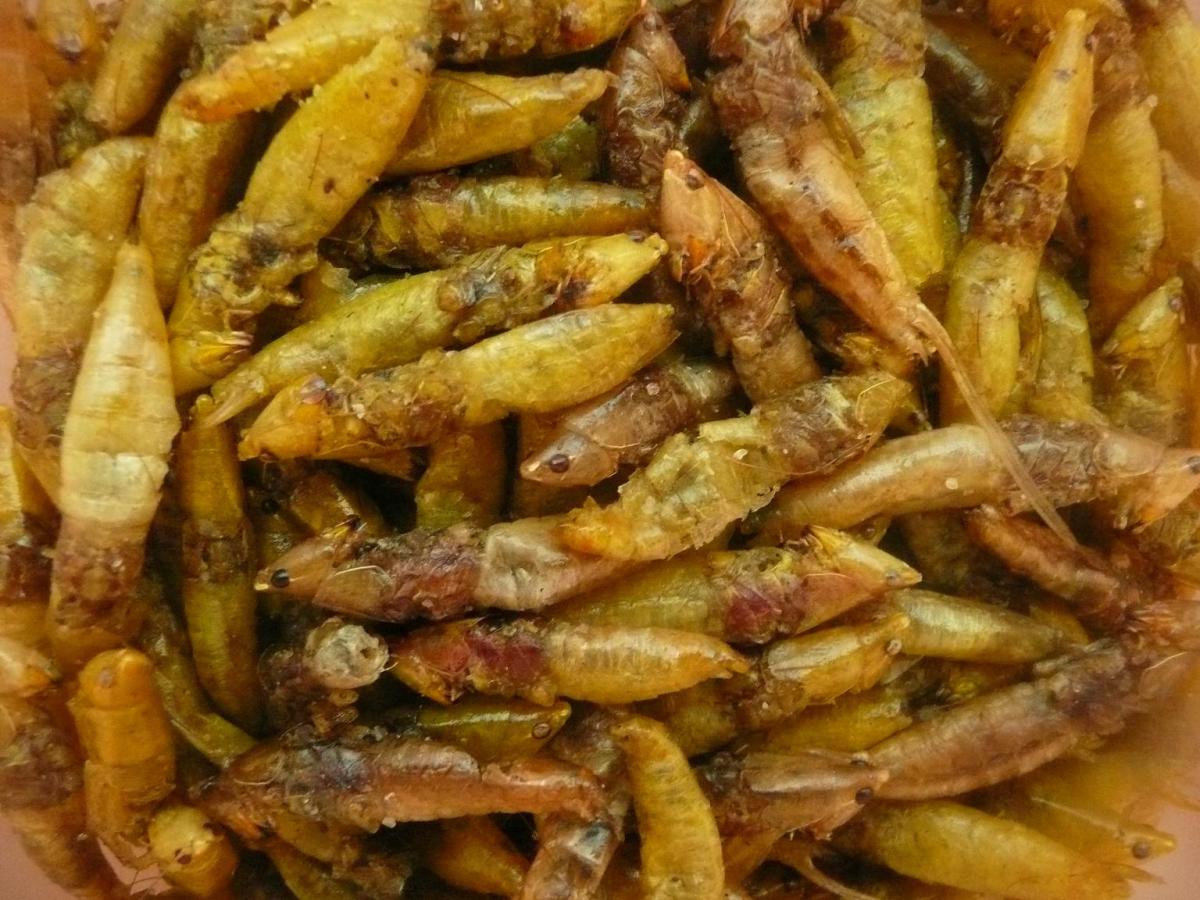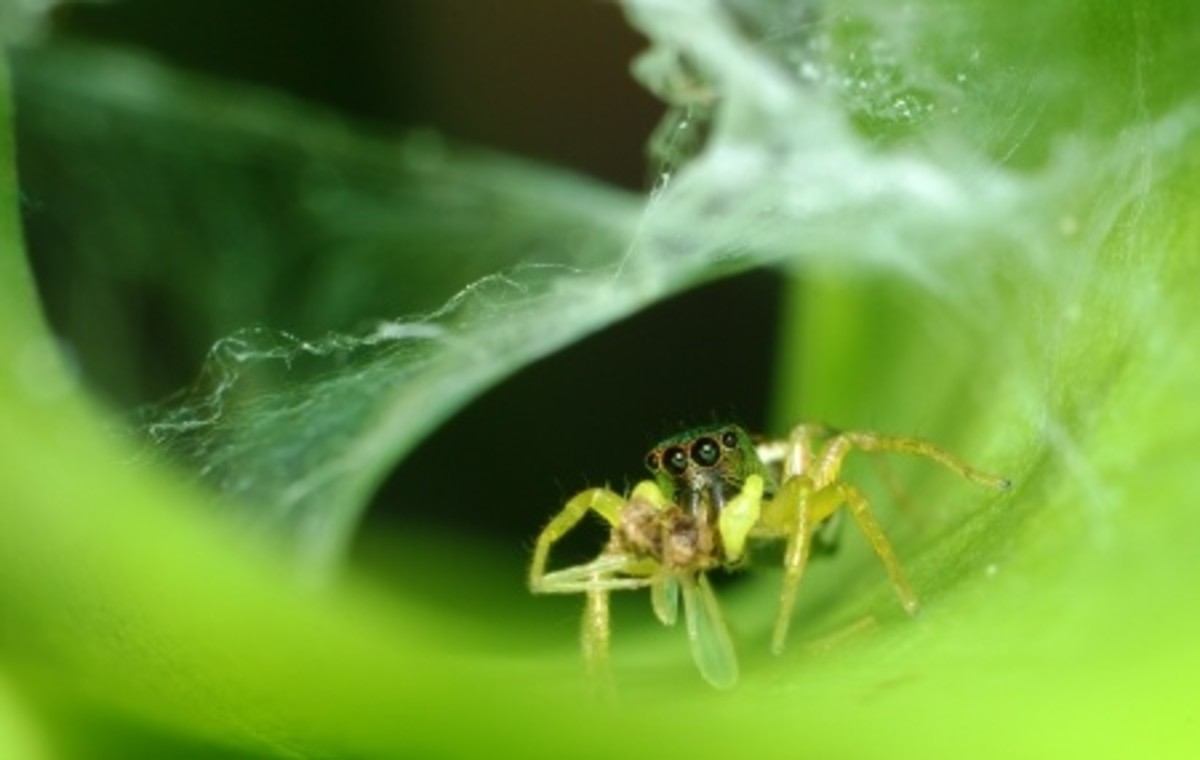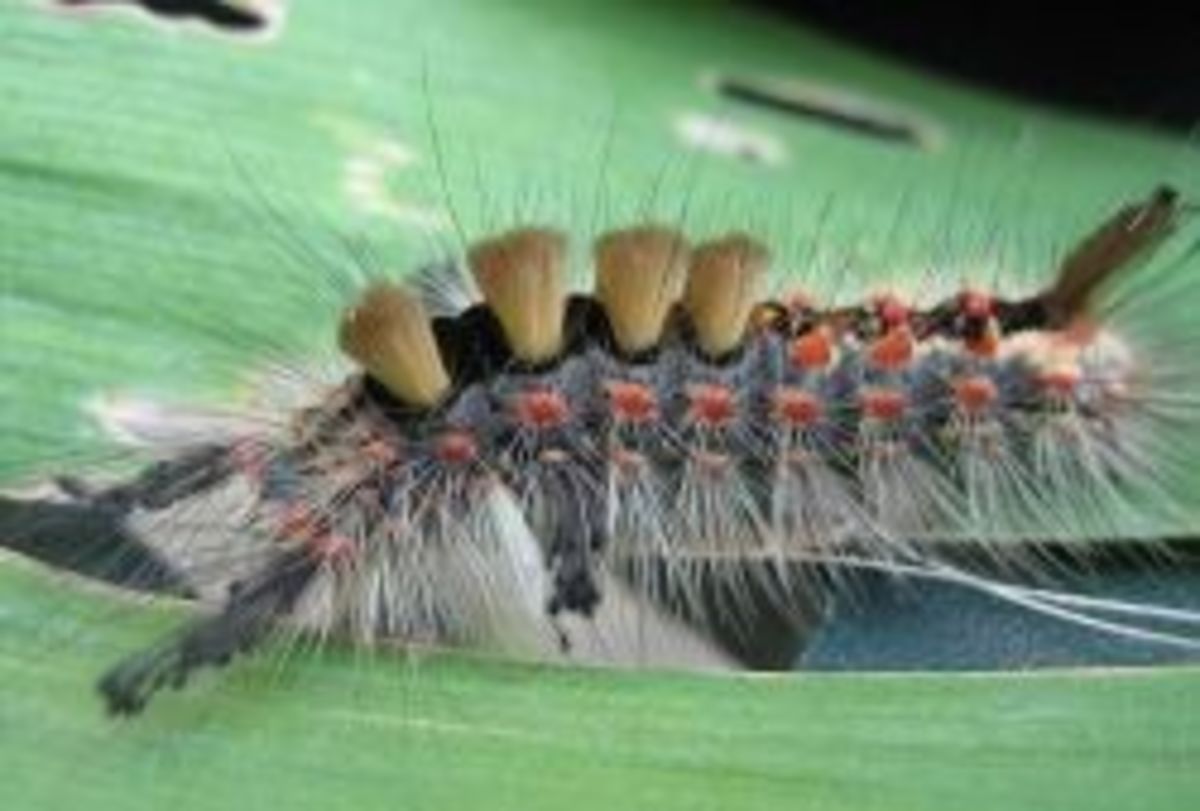53 Macrophotography / Microphotography Images of Insects Plus Video
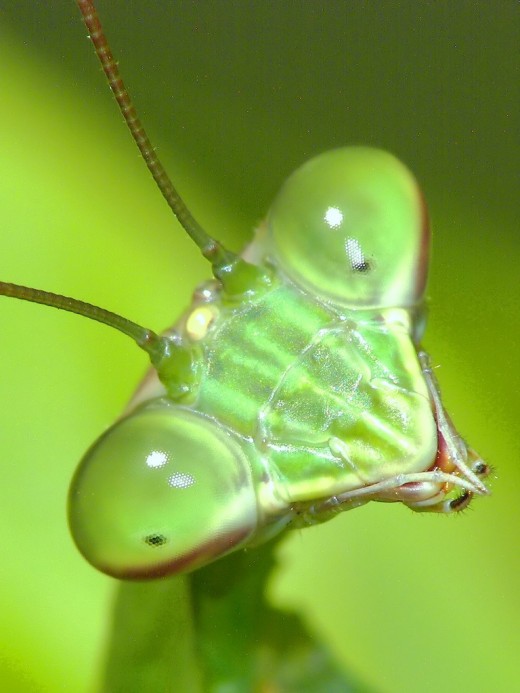
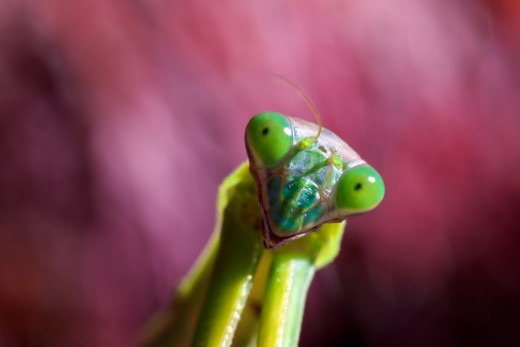
The praying mantis is one of my favorite insects. From the predatory way in which it moves, to the almost intellectual way it turns or cocks its head to look at you, it is a fascinating creature.
In the first photo, the mouth parts are clearly visible. In the bottom photo the mantis seems to be smiling, although it is missing one antenna.
To watch a video of the life cycle of a praying mantis, click here.
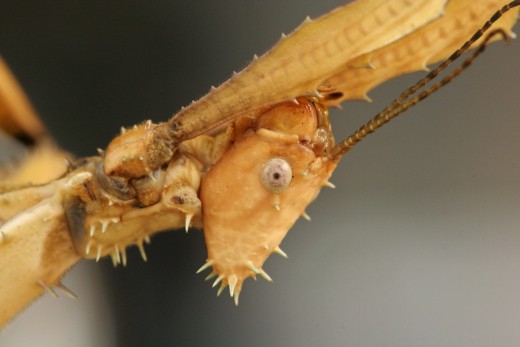

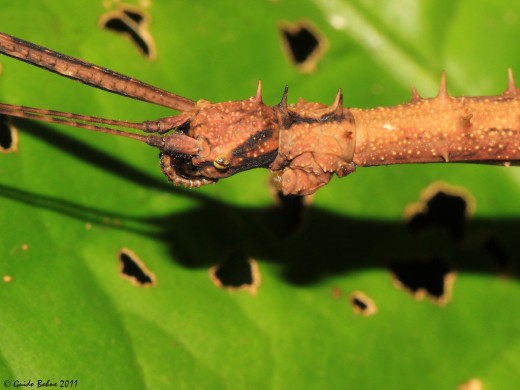
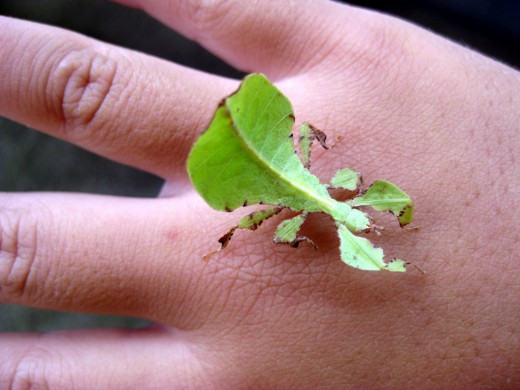
Welcome to the wonderful world of insects delivered as only macrophotography can do it. Insects can move very quickly; therefore, we often do not get the opportunity to view them for very long or very well. By viewing insects through the use of macrophotography, we not only have the opportunity to see the details but we are able to see them more clearly since our subjects are presented even larger than life.
That is the definition of macrophotography - being able to present images that are up close and personal, but being able to do it at a scale that is full scale or larger.
Enjoy this journey through the wonderful world of the macrophotography of insects!



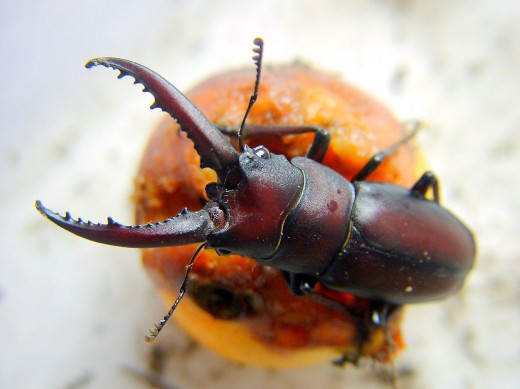
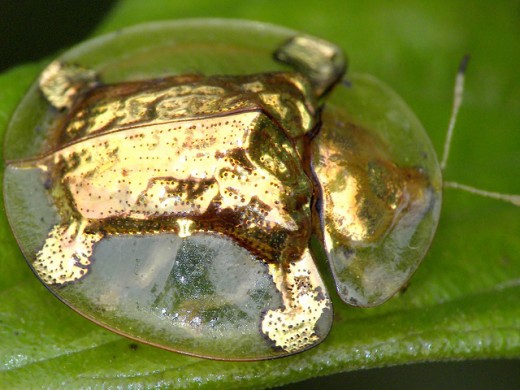
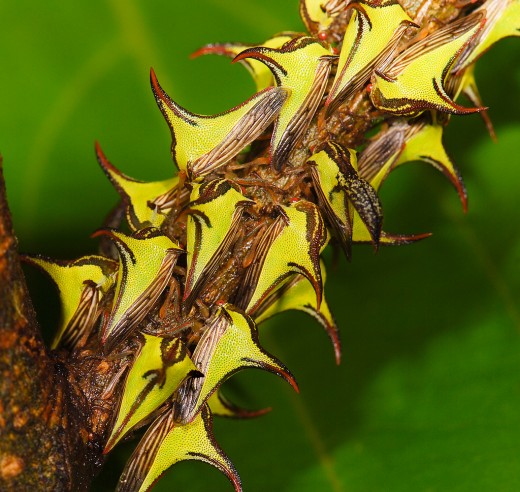

Despite its vibrant color, each one of the insects above appears to be an individual thorn on a branch. As a group, they do a wonderful job of camouflage.


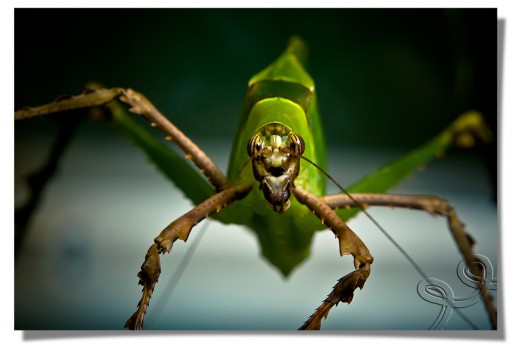
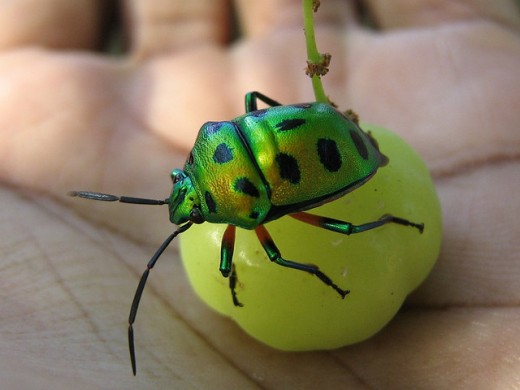
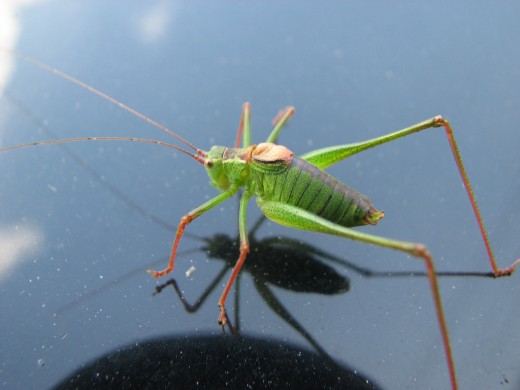
Close-ups of insects can many times have an almost other-worldly feel to them.
It is almost hard to believe that we share this world with these creatures without ever really "seeing" them.
And when we do see them in a way that only macrophotography allows us to view them, they appear many times as if they are aliens from another planet.
For many people, these are the things that nightmares are made of!


What a nose! And in a color that no one can miss too!
This insect appears as if it has a cold and has had to blow one too many times!
But it has such vivid colors and intricate textures on its wings.
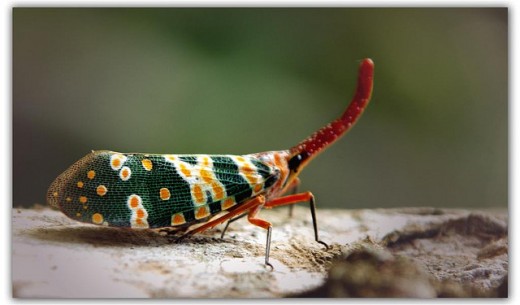
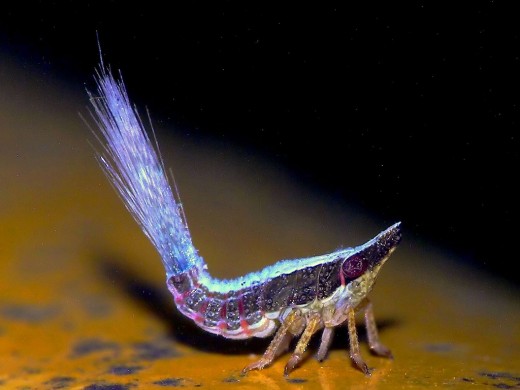
This interesting little critter seems to carry his little broom with him everywhere he goes.


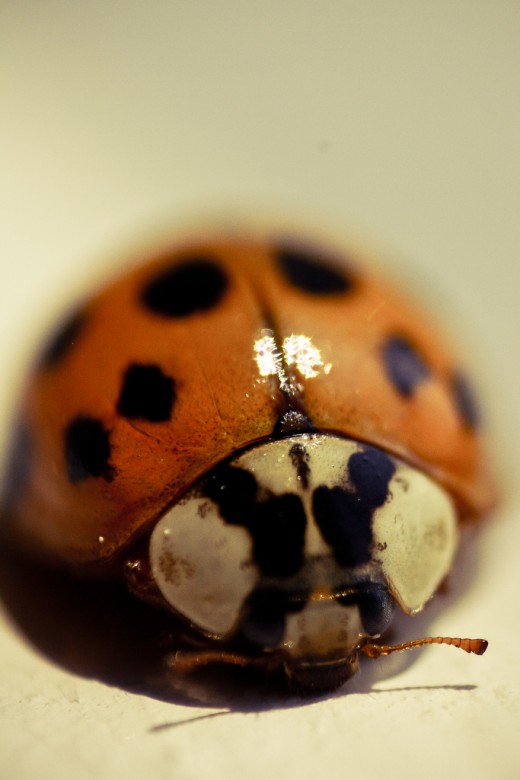
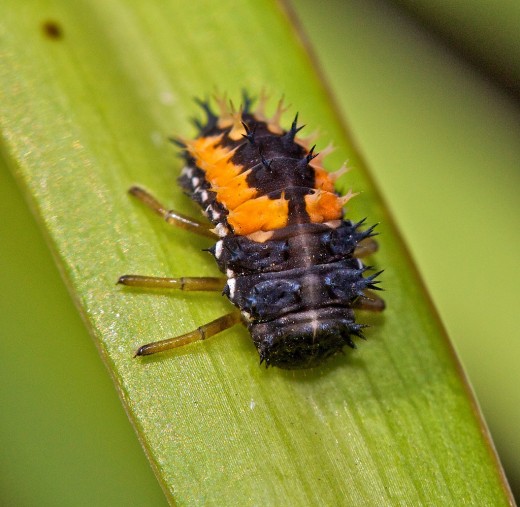
These two insects are the same bug, just at different stages of life. The adult ladybug, or lady beetle, has a hard shell.
The nymph seems to have small branches growing from its body! The nymph has a softer body, more like that of a caterpillar.



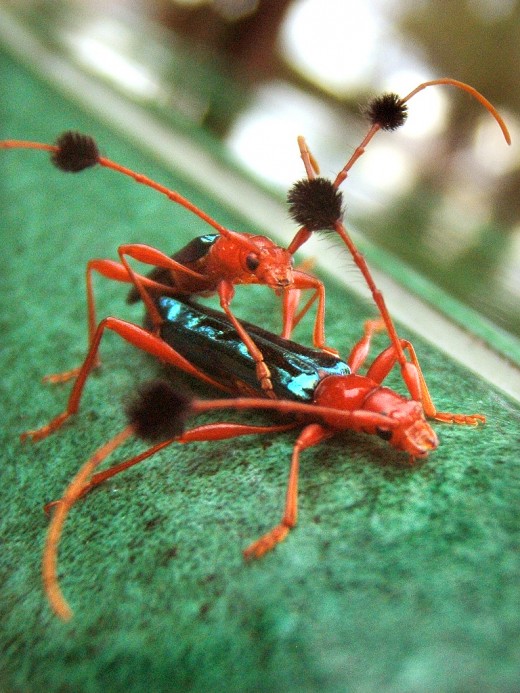
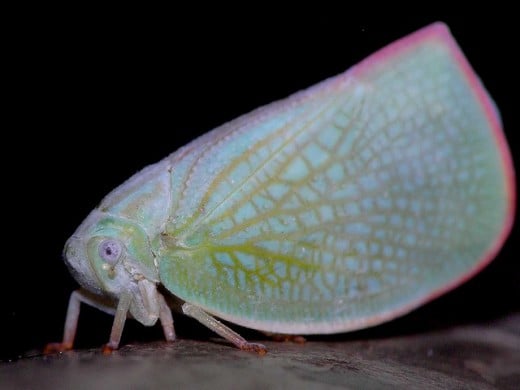


The walking stick has always fascinated me. Maybe it has something to do with the fact that it reminds me of a praying mantis. But I think it has to do more with the first time I saw one.
I had crawled up into a tree and had been sitting there a while just staring at the branches around me. Even as a young child nature fascinated me. When one of those twigs moved, I was startled and instantly curious. What I found was the first of many walking sticks I would see in my life.
I have not personally seen one of the "fancy" walking sticks as the one that is pictured below, but I hope to some day.
Can you see the male on the back of the female?
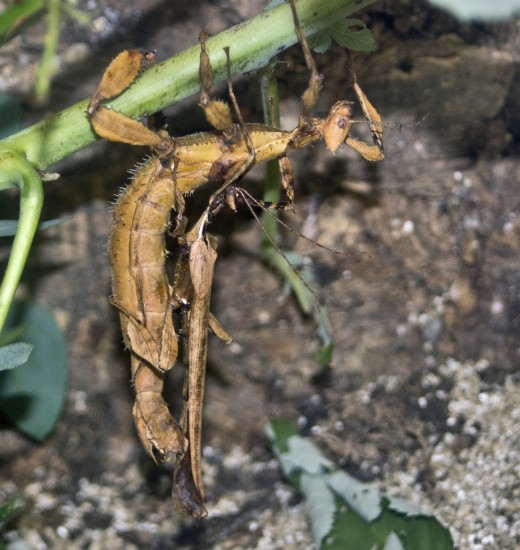

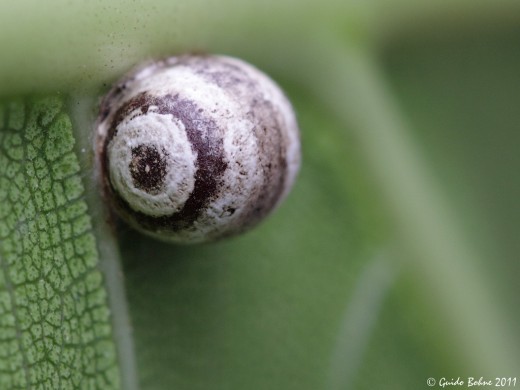
The walking stick pictured below is closer to the type of walking sticks I normally see.
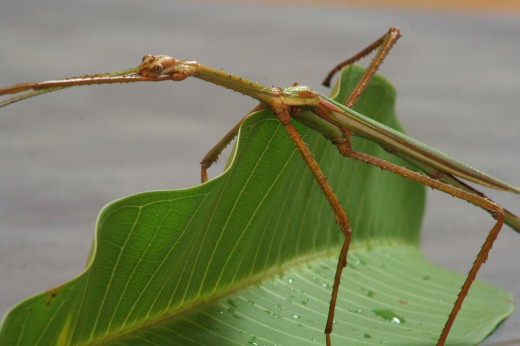



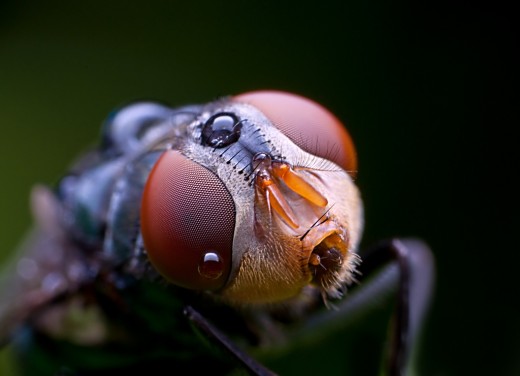
It would be easy to believe that the above image of the common house fly is really that of an alien creature. This face is one that only a mother could love. The eyes on insects are always so incredible. Even a common fly's eyes are amazing.
But what a wonderful view of the eyes, and the really grotesque mouth parts. The hairs that are on top of the head appear to have been parted and then combed together again. Look at the furry face.
Do you see the two golden tube like appendages above its mouth? Now look at the small eyelash type antenna that are coming from the same base. Those are so infinitely small, and yet so clear in this image!
Imagine how small the fly really is, and then think how very small the drops of water are; and macrophotography has made it possible for us to see all this.


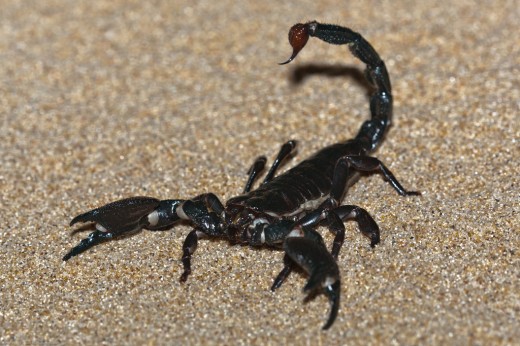
This emperor scorpion, also known as an imperial scorpion (Pandinus imperator), is a species of scorpion native to Africa.
One would not want to get too close to one of these creatures. Look at the lethal tip of the stinger, and notice that the stinger is a different color than the rest of the scorpion. The crab-like claws of the scorpion are used to grasp its prey while it delivers its deadly thrust.


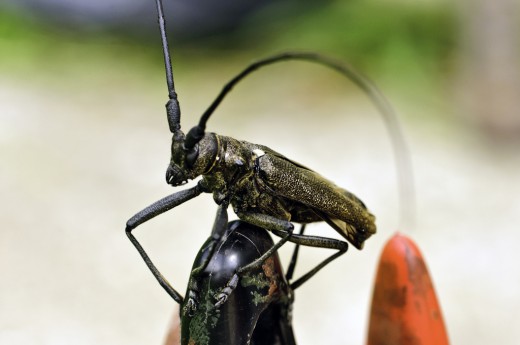
The antenna on the above insect reminds me of the horns on a wild sheep. Notice the spotted color on its body!















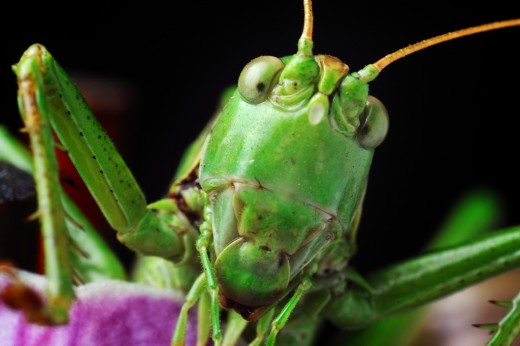
Looking at the grasshopper above reminds me of a time when I was much younger. I grew up on a farm. After the maize and corn were harvested, we put up electric fences around the fields so the cows could graze on the grains that had escaped the combines.
I was never brave enough to test the fence's potential shock value by touching it myself. But one day I came up with a bright idea. (Not so bright actually as you will soon see!) I caught a grasshopper and grasped its two hind legs between thumb and forefinger. I know you know where I am going with this.
I slowly moved the grasshopper toward the fence. When it got close enough, it reached out and grabbed the electric wire. I received the shock of a lifetime in more ways than one. And the poor grasshopper ... I hate to report, but he jumped right out of those legs and left me holding them.









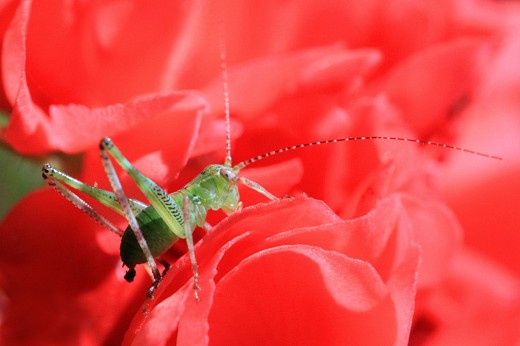
Notice the light purple and white strips on the rear legs. Also notice the stripes on the antenna. Details such as these are lost to us in our every day experiences. Grasshoppers move to fast to see these details. By catching them in pictures using macrophotography, we are able to see and appreciate the little details that often go unnoticed.
Although some of the clarity is lost in the extracted image below, it does allow you to view some details more clearly. One of those details is the "v" markings on the grasshopper's legs.
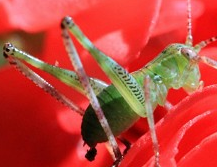



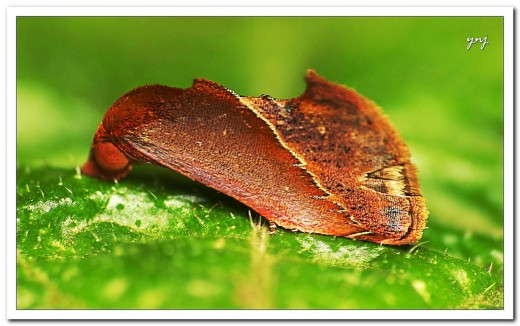
The above image captures the imagination with the colors, curves and textures that are so clearing depicted.
The detail in this extracted view is truly amazing. It almost appears as if the wings are pixelated, and each one was colored in individually. Notice also, the fuzz or hair on the bottom edge of the wings. There is so much detail in one tiny area of this insect's (probably a leaf hopper's) body.
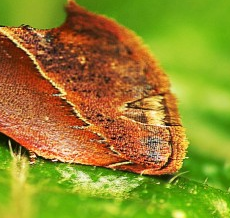



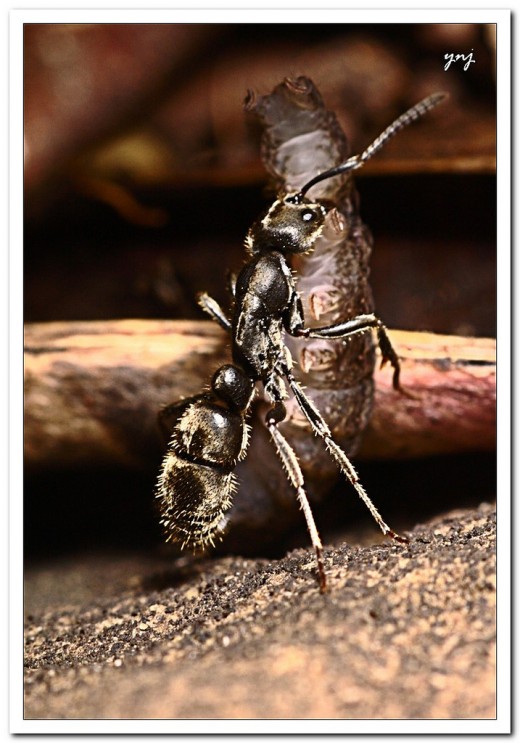
An ant carrying food much bigger than it is! Notice the hairs on its body! Look at the details of the legs especially the joints.


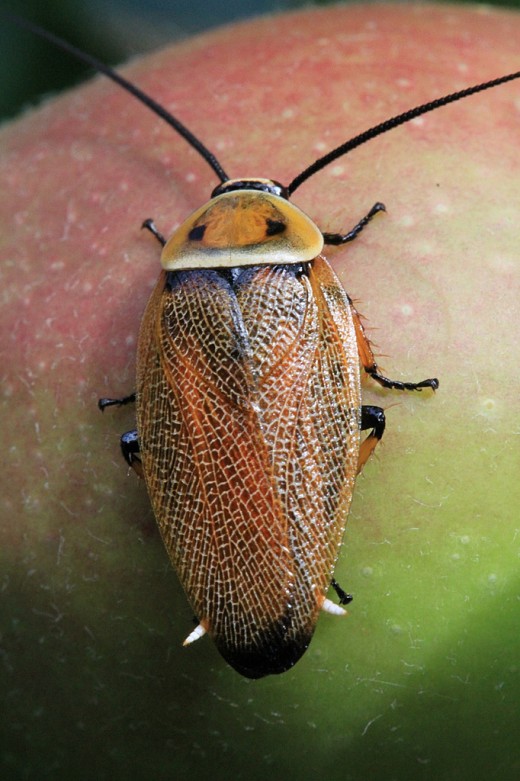
Cockroach: The detail on this cockroach is utterly amazing. Notice the wings and its legs. Notice also, the coloration on the plate over the head.
And if you are wondering what it is walking on - that is an apple. In these images you see an apple in a whole new light.
The wings and leg details are even more visible in the larger picture below. Notice the hair on the legs. Detail extracted from image above.
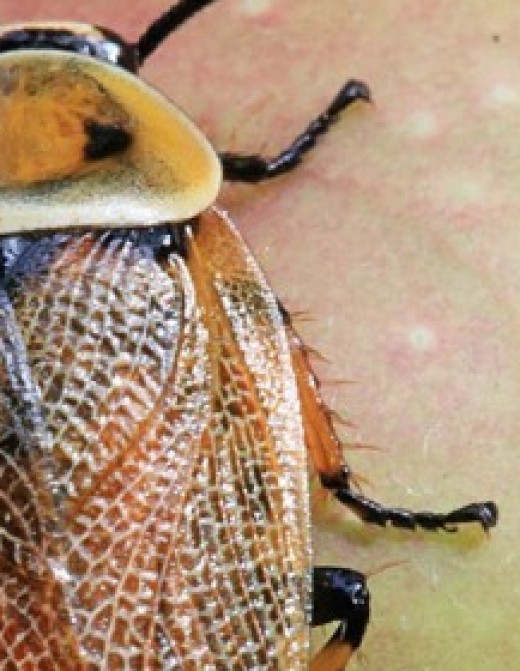



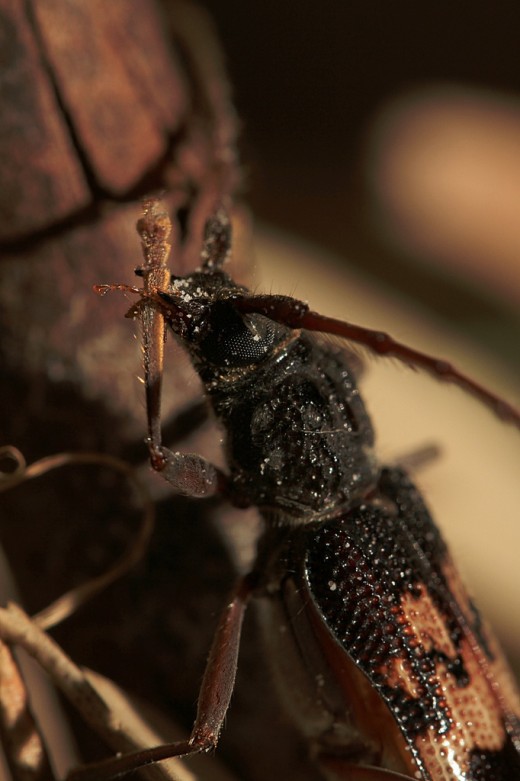
The detail on this Eucalyptus Borer is amazing. The dimples on the wing covers and the irregular spots make for a very interesting pattern. The hairs on the legs and the segments on the legs and antenna is so clearly depicted. Notice even the dirt that is on the mandibles that the borer has removed from its feet.The antenna appear to be coming out of its eye!
This dirt, or debris, is even more apparent when viewed on the enlarged and extracted view below.
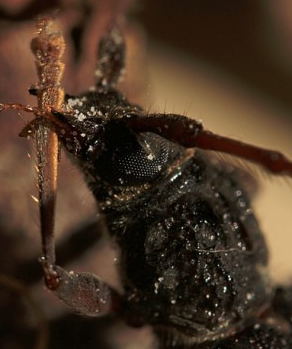



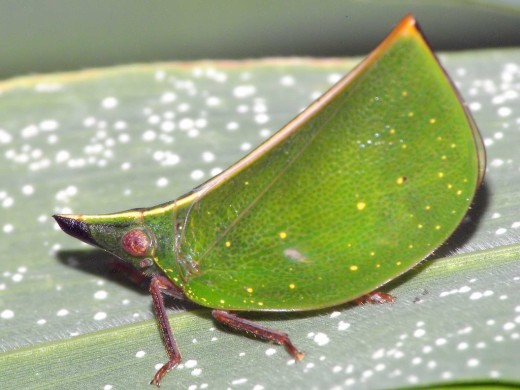
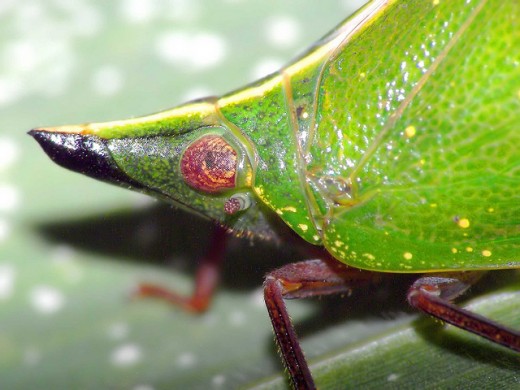









Through the macrophotography of insects, we have been able to enter an "alien" environment. Macrophotography brings the insect world to us in a fascinating yet almost repulsive way at the same time.
I hope you have enjoyed this journey through macrophotography and will join me again:
- What is Macrophotography? 33 Macrophotographic Images
- Macrophotography of Flowers; 52 Macrophotographic Images of Flowers
- Macrophotography of Spiders; 34 Macrophotographic Images plus Videos of Spiders
- Macrophotography of Butterflies, Moths and Caterpillars; 45 Macrophotographic Images
- Macrophotography of Dragonflies; 50 Macrophotographic Images of Dragonflies plus Videos
- Macrophotography of Flying Insects; 64 Macrophotographic Images of Flying Insects
All Rights Reserved
Copyright © 2011 Cindy Murdoch
Other Sites with Macrophotography that Might Interest You!
Although this site is not entirely insects, it does have some amazing insect shots! It is truly a must see! I wish it were mine to share with you! It is that good!

